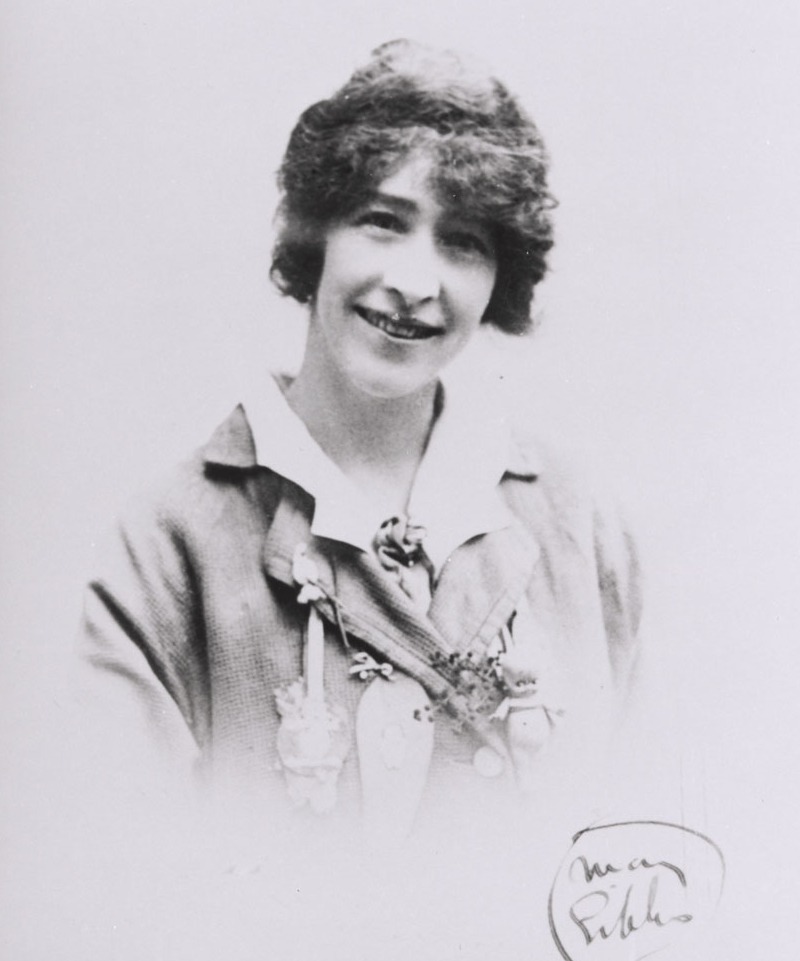About May Gibbs
May Gibbs is one of Australia’s best-known children’s authors and illustrators. Drawing inspiration from the Australian bush, May’s watercolours of gumnut babies, big bad banksia men, kangaroos and kookaburras shaped generations of children’s responses to nature.
As Australia’s first full-time, professionally-trained children’s book author and illustrator, her works continue to delight readers to this day.
Location
Accessibility
Category
Share and save

Children’s author and illustrator Gibbs’ early life in Australia
May Gibbs was born in 1877 and emigrated from England to Harvey River in Western Australia as a young child. It was here she first fell in love with the Australian bush.
Raised in an artistic household, May had an innate talent for drawing the natural world. When she was 15, she won first prize for her entry in a West Australian wildflowers’ art exhibition. She continued to receive accolades for her work throughout the 1890s and returned to England from 1901-1904 to study art.
Early artistic success
Unusually for a woman at this time, May was paid for her artistic output, producing articles, illustrations and cartoons for the Western Mail in Perth. However, occasional employment didn’t satisfy her. She was determined to see the world, building financial independence and a career.
In 1909, May travelled back to England again, publishing her first illustrated children’s book, About Us, in 1912. She was also involved with Britain’s suffragette movement, contributing cover designs and illustrations to the leading suffragette journal The Common Cause. Her time in England was short-lived, as ill health forced her to return to Sydney. Here she earned her living illustrating government pamphlets and covers for magazines, including the Sydney Mail.
The effect of war
When the First World War broke out, May returned to her first love – botanical drawing – designing postcards for family members to send to loved ones serving overseas. Featuring skilfully drawn native flowers and tiny bush ‘babies’, the cards were instantly popular and the Red Cross enclosed them in parcels to the front line.
'I did the gumnut cards because I wanted to do something for people to send to the soldiers', she recalled.
In 1916, she published Gumnut Babies, the first of the Gumnut books she wrote and illustrated. She also sold bookmarks, small calendars and other novelties with similar motifs. Her publisher, Angus & Robertson, was shocked when all 17,000 copies of Snugglepot and Cuddlepie sold out on its first release in 1918.
The story continues
May married Bertram James Ossoli Kelly in 1919 and together they built Nutcote, a Spanish-style house surrounded by gum trees, on the shores of Neutral Bay.
Two years after the release of Snugglepot and Cuddlepie, May created an iconic poster for the NSW Department of Public Health’s first Baby Week campaign. This illustration, titled Dr Stork and Mrs Kookaburra, became arguably her most celebrated and recognisable image. It was used in official health publications until 1959.
A prolific newspaper cartoonist, May wrote and illustrated the famous Bib and Bub comic strip for more than 40 years, beginning in the 1920s. She continued writing books over the ensuing decades even as her financial plans were disrupted by the Great Depression. After her husband died in 1939, she lived on at Nutcote with her dogs.
An enduring legacy
In 1955, May was appointed a Member of the British Empire (MBE) in acknowledgment of her contribution to children’s literature.
May’s work lives on, and her imaginative portrayal of uniquely Australian characters – gumnuts, blossom babies, and bad 'banksia men' – continues to delight generations of children.
Related information
Nutcote Museum website, The Nutcote Trust
